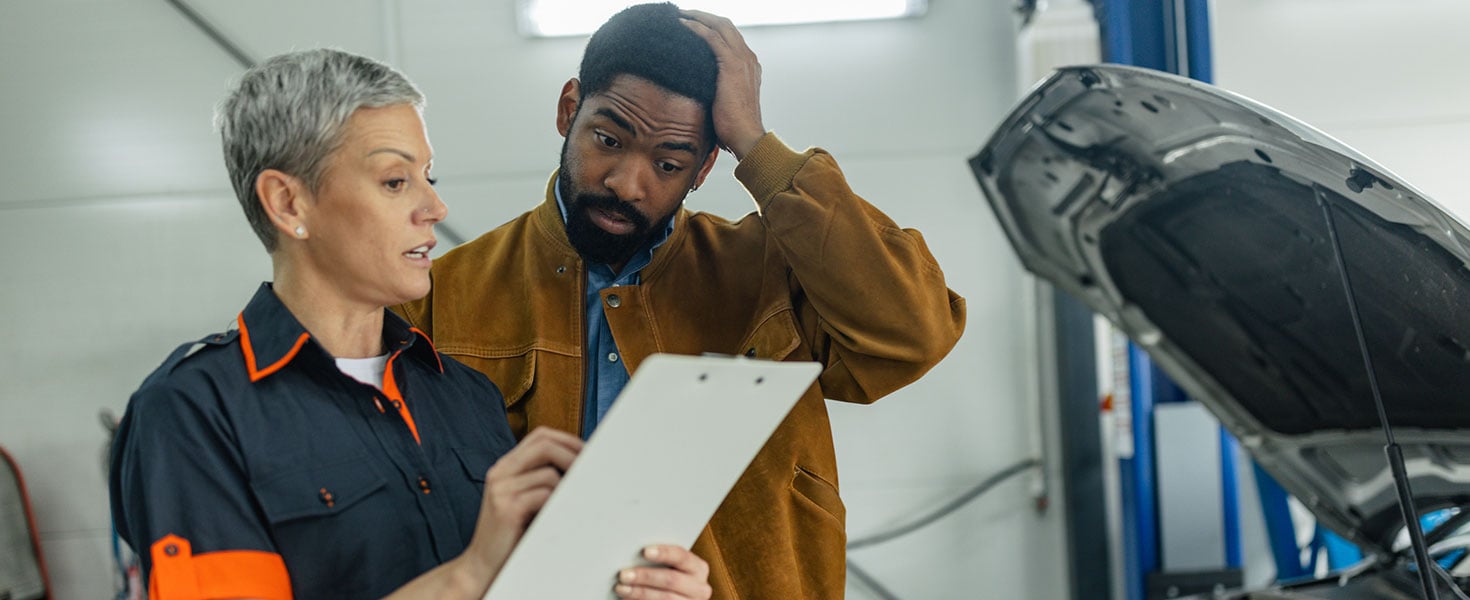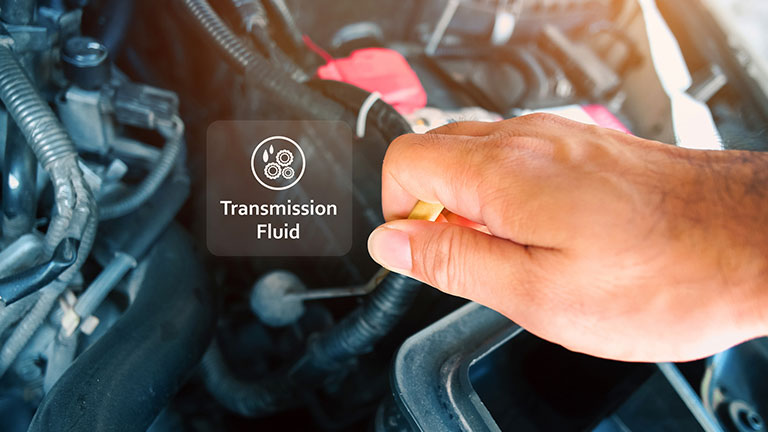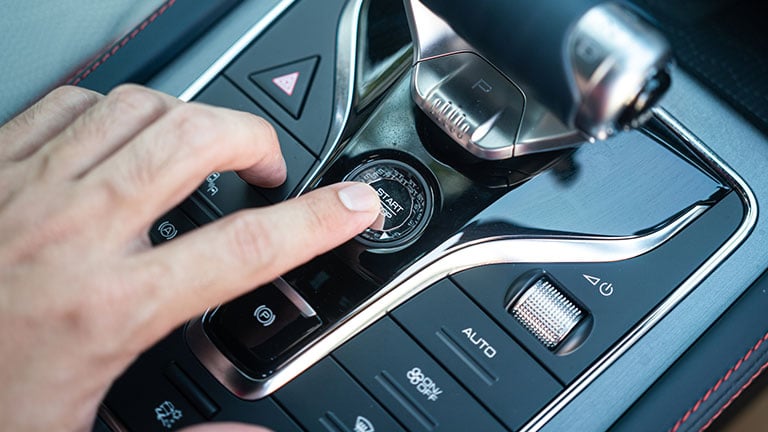How to Catch Transmission Problems Before They Get Expensive
Learn the early warning signs of a failing transmission, what to do next, and how to avoid costly repairs

There’s never a good time for your car to act up, but transmission problems can bring a whole new level of frustration. It’s one of those issues you definitely don’t want to ignore. Once your transmission fails, it’s often not cheap to fix. On the high end, it could cost you several thousand dollars.
Thankfully, most transmissions don’t die without warning. They usually drop little hints first. If you know what to watch for, you can catch the transmission problem early—before it turns into a pricey repair.

Does the car feel and sound different?
Let’s start with what you might feel. If your car jerks, hesitates, or has trouble shifting into drive, reverse, or between forward gears while driving, it’s a red flag. It might hesitate one day, and then jolt into gear the next—as if it’s had enough of your morning commute. These symptoms often point to something wrong inside the transmission.
Another common warning sign is slipping. That’s when the engine revs, but the car doesn’t accelerate like it should—like it’s not engaging the gear. If you feel this, it’s typically not normal. However, there’s a caveat: In cars with CVTs or some hybrids, the engine may rev without the car accelerating right away. This can feel like slipping, even when there’s no actual problem. While that’s typical behavior for many CVTs, if the revving becomes excessive or performance starts to decline, it’s still worth getting checked.
Weird transmission sounds are another giveaway. Whining, humming, or grinding sounds (whether you’re driving, reversing, or simply sitting in neutral) aren’t just background noise. That could be your transmission telling you something’s off.

Do you see fluid under your car?
Take a quick look under where you park. If you notice any fresh oily spots on the ground, your transmission might be leaking—and that’s not something to ignore. Transmission fluid is usually dyed for easy identification, and while it’s often red or pink, it can also be green, yellow, purple, or even blue. Regardless of the color, that fluid is supposed to stay sealed inside. If it’s dripping out, something’s likely cracked, loose, or just worn down.

What should you do if you think it’s the transmission?
Don’t wait it out. Transmission problems typically don’t fix themselves and can get worse over time.
Start by paying attention to when the issue happens. Is it the first thing in the morning? After the engine warms up? Only at higher speeds or on the highway? Details such as these can help a mechanic diagnose the issue faster.
This isn’t the time for a DIY fix. Transmission systems are complex, and trying to guess your way through a repair can easily make things worse—and often, more expensive.
If you’re not sure where to take your car, AAA Approved Auto Repair shops are a good place to start. They’ve been vetted for fair pricing, trained technicians, and quality work.
Can you prevent transmission problems?
In many cases, yes, you can prevent transmission problems, but only if you stay on top of regular maintenance. This means you must do the following:
- Check transmission fluid regularly.
- Watch for unusual noises or shifting issues.
- Follow your vehicle’s recommended service schedule.
For many cars, this includes changing the transmission fluid somewhere between 30,000 and 60,000 miles. But always check your owner's manual, as intervals vary by make and model.
It’s also important to consider how you drive. Towing heavy loads, frequently carrying extra weight, prolonged idling, or driving in dusty or extreme conditions can all put extra stress on your transmission. These are often classified as “severe” driving conditions, and many automakers recommend more frequent maintenance in these cases.
As for going downhill, simply using your brakes won’t harm the transmission. However, if you’re constantly shifting gears manually or using engine braking in lower gears, those driving habits can add wear over time.
Don’t forget to check for recalls or known transmission issues related to your specific vehicle by entering your VIN on the National Highway Traffic Safety Administration (NHTSA) website.

When in doubt, get your car checked
Transmission issues rarely come out of nowhere. Slipping gears, unusual noises, or unexpected fluid spots under your car are signs you shouldn’t ignore.
If you suspect a problem, get it looked at sooner rather than later. Don’t be afraid to get more than one quote, and ask for a clear breakdown of recommended repairs. A reputable mechanic will tell you whether it’s worth fixing—and explain why.
Not sure where to turn? AAA’s Car Care, Repair and Maintenance page offers advice to help you make informed decisions about vehicle upkeep.
Trust your instincts. If something feels off, it probably is—and getting it checked early can save you from a much bigger transmission problem and major money down the road.
